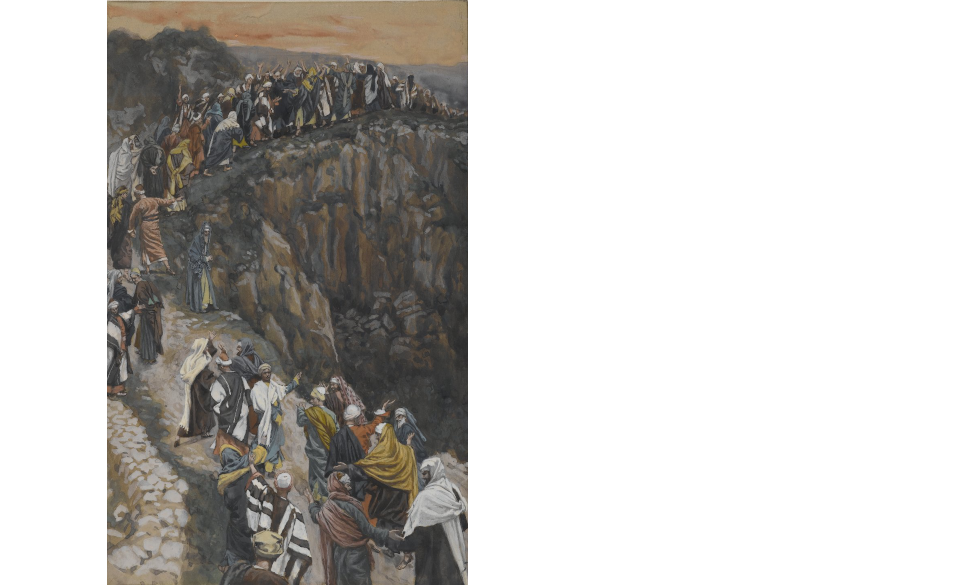In the New Testament narrative, there are several characters: Jesus, the Disciples, the Pharisees, the woman at the well, etc. etc. but there is one prominent character that we don’t often think about and that is the mob. It is mob who try and throw Jesus off the brow of the hill in Luke 4 and because of their fear of the mob, the Pharisees ‘self censored’ themselves in Mark 11. The agents of Jesus’ crucifixion were the Religious leaders, the mob, and the Pagan authorities. In the Old Testament, Joseph’s brothers acted like a mob when they ganged up against him and sold him into slavery.
 The mob is an interesting creature for it sees itself as the bearer of truth and operating from the moral high ground. The mob grants an experience of unity to its members and imputes to them its own (self) righteousness. Belonging to the mob is empowering. The mission of the mob is to ‘mobilize’ and attack. It is in the business of creating ‘missionary disciples’ but they are only ‘single use’ missionary disciples, disposable. The mob is both immensely attractive and inherently unstable and with apologies to the rock band the Northern Pikes, “It ain’t pretty it just looks that way”.
The mob is an interesting creature for it sees itself as the bearer of truth and operating from the moral high ground. The mob grants an experience of unity to its members and imputes to them its own (self) righteousness. Belonging to the mob is empowering. The mission of the mob is to ‘mobilize’ and attack. It is in the business of creating ‘missionary disciples’ but they are only ‘single use’ missionary disciples, disposable. The mob is both immensely attractive and inherently unstable and with apologies to the rock band the Northern Pikes, “It ain’t pretty it just looks that way”.
In Luke 8:30, Jesus comes upon a man possessed by demons and when he asks his name, “Legion”, he replied, “because many demons (a mob) had entered him.” The poor guy had the spirituality of the mob living within him and they were mobilizing to drive him mad and as it turns out a mob, from his city, would occasionally chase him down and harass him. He was in a bad space; he was being doubly victimized.
Jesus casts out the demons and tells the man to go to his city and tell the people, "how much the Lord has done for you and how he has had mercy on you". The man now becomes a ‘missionary disciple’, restored and reintegrated victim, whom Jesus rescued from the mob in himself and the mob in the city. His torment has ended and his salvation has begun.






